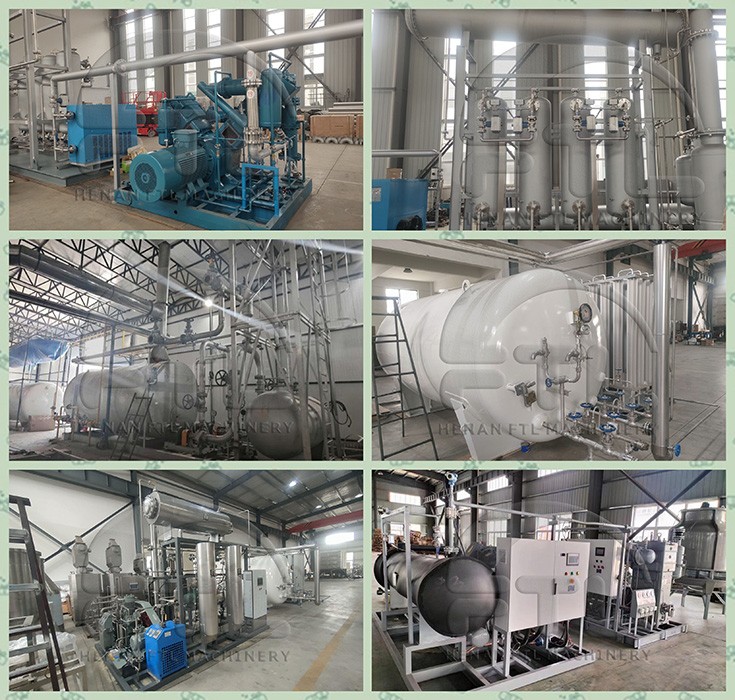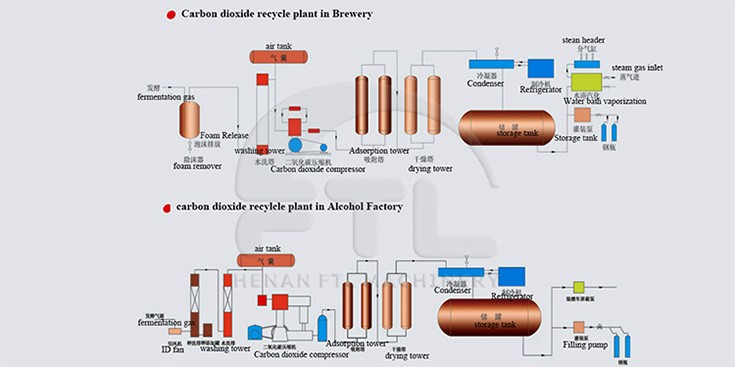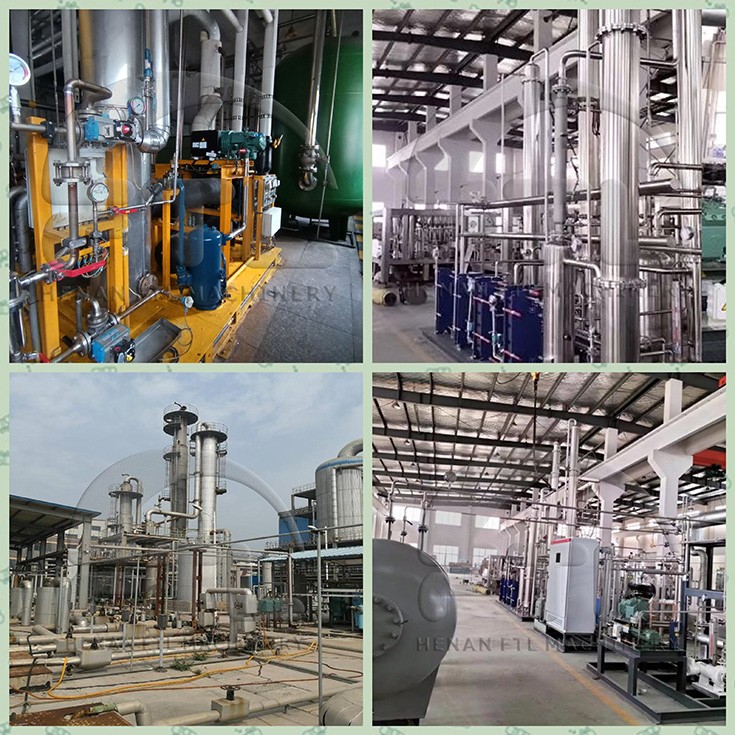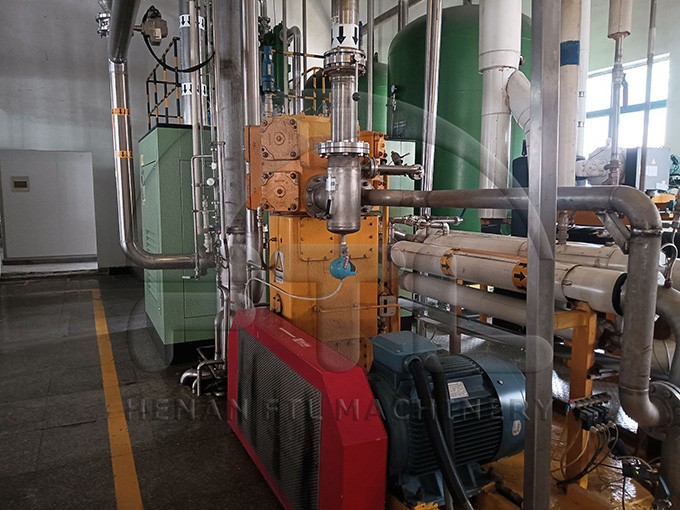CO₂ Recovery Plant
High efficiency · Energy saving · Environmental protection —— Your trusted CO₂ recovery solution
The CO₂ recovery equipment independently developed by our company is widely used in beer, beverage, fertilizer, fermentation, biopharmaceutical and other industries. The system can efficiently recover CO₂ gas from industrial tail gas, and obtain food grade or industrial grade liquid CO₂ after purification, compression, cooling, drying, deodorization, liquefaction and other multi-stage treatment.

Product features
Green and environmentally friendly: reduce carbon emissions and respond to the global "dual carbon" strategy.
High degree of automation: PLC automatic control, full process intelligent monitoring.
High purification efficiency: multi-stage filtration, impurities, odors and moisture are all removed.
High liquefaction rate: efficient condensation system, low energy consumption and high efficiency.
Compact structure and easy installation: modular design, short on-site installation cycle.
CO2 recovery process flow chart

Process flow overview: tail gas → filtration and dust removal → Scrubber → compression → adsorption and drying → refrigeration and cooling → condensation and liquefaction → liquid CO₂ storage tank
1. Tail gas (CO₂ source)
Source: tail gas from production lines such as fermentation, alcohol, fertilizer, methanol, flue gas, power plant, etc.;
2. Dust Filter
Function: Remove large dust particles and impurities from tail gas;
Principle: Use high-efficiency dust filter cartridges or primary filters to prevent particles from entering subsequent equipment and causing wear or blockage.
3. Scrubber / Washing Tower
Function:
• Remove water-soluble impurities (such as ammonia, alcohols, SO₂, etc.);
• Simultaneously perform preliminary cooling of the exhaust gas (cooling down by 10~20℃);
• Principle: The exhaust gas passes through the spray water layer from bottom to top, fully contacts with water, and impurities are absorbed or condensed.
4. Compressor (CO₂ Compressor) •
Function:
• Compress low-pressure CO₂ to the required working pressure (generally 0.8~1.2MPa);
• Helps in subsequent condensation and liquefaction;
• Features: Special oil-free CO₂ gas compressor.
5. Activated Carbon Adsorber
Function:
• Remove organic odors (alcohol, aldehydes, etc.) from the gas;
• Purify the gas and improve the purity of CO₂;
• Principle: Multi-stage activated carbon tanks or catalytic bed adsorbers, regularly replaced or regenerated.
6. Dryer
Function: • Remove moisture from the gas (dew point must be lower than -40℃);
• Type: Molecular sieve dryer;
• Principle: Prevent moisture from freezing in the condensation process, blocking the heat exchanger or affecting the purity of CO₂.
7. Fine Filter
Function:
• The last gas purification to ensure the removal of fine particles, oil mist and residual impurities;
• Protect the safe operation of the liquefaction system.
8. Refrigeration System
Function:
• Provide a stable low-temperature cold source to the entire liquefaction system (including the condenser);
• Cool down to the liquefaction temperature of CO₂ (-20℃ to -30℃);
• Usually a screw refrigeration unit + evaporator + refrigerant circulation system.
9. Liquefier / Condenser
Function:
• Liquefy high-purity CO₂ gas into liquid CO₂ at low temperature;
Principle: The gas contacts the cold surface of the heat exchanger, releases heat and condenses into liquid.
10.Liquid CO₂ Tank
• Function: • Store high-purity liquid CO₂ obtained after condensation;
The storage tank is a vacuum insulation type or a low-temperature pressure vessel, the temperature is maintained at -20~-30℃, and the pressure is about 2~3MPa;
• Purposes: Provide CO2 for food industry, welding shielding gas, dry ice manufacturing, beverage factory, etc.







